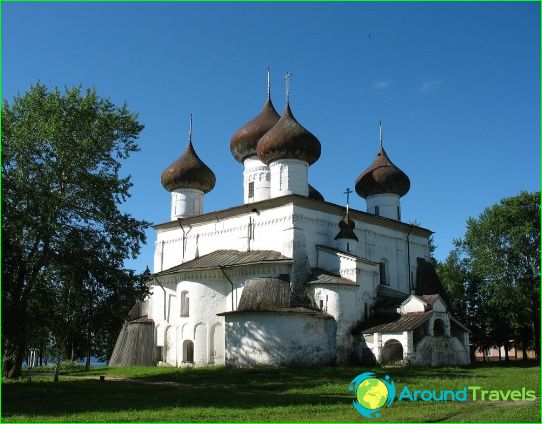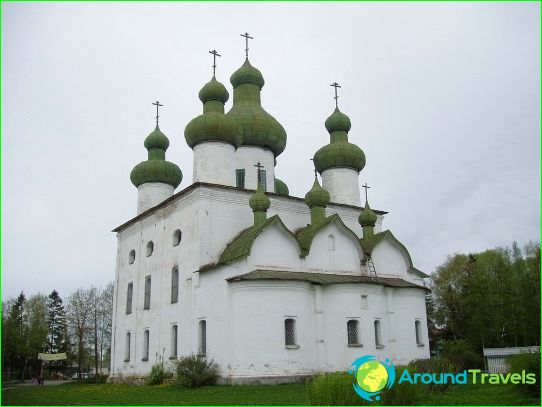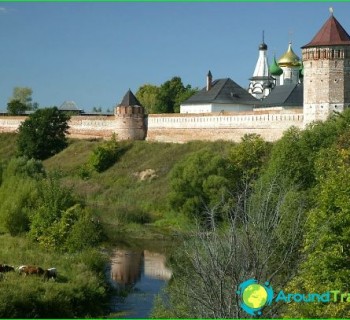History of Kargopol

In the XI-XII centuries, the northern region, where the Finno-Ugric tribes lived, began to be mastered by the Novgorodians. The first settlement on the site of Kargopol was founded on the left bank of the Onega River at the source of Lake Lache. The city developed downstream of the river.
The official date of foundation of Kargopol is 1146. The manuscript from the archives of the monastery in Kargopol says that the Belozersk prince Vyacheslav founded this city when he made a campaign against Chudi. The place for the foundation of the city was chosen very well, since at that time there were no roads to the North, except for waterways, and Kargopol occupied a dominant position over the waterways between the White Lake and the White Sea..
In the XIII-XV centuries, Kargopol was part of the Rostov-Suzdal land, and the Onega basin was part of the Novgorod land. This location of Kargopol on the border of Novgorod and Moscow lands involved this city in the struggle between Novgorod and Moscow. The events of the 15th century indicate that Kargopol is a supporter of the Novgorod Republic. In 1471 the Kargopolites took part in the battle between the troops of Novgorod and Moscow on the Sheloni River on the side of Novgorod. The Moscow army won the battle. In 1478 Kargopol, together with the Novgorod land, became part of the Moscow state.
The Onega River connected Kargopol with Pomorie, where salt was mined. The main goods that went through Kargopol were salt and products of river and sea industries. In the 16th century, Kargopol became a large city in Russia. In 1565, under Ivan the Terrible, Kargopol is one of the cities that provided the maintenance of the oprichnina.
In the 17th century, during the years of the Polish-Swedish intervention, Kargopol was attacked by enemy troops. In December 1612, the Poles approached the city, but the Kargopol people, hiding behind the walls of the fortress, repulsed the attacks, and then made a sortie and threw the enemies away. In the 17th century, Kargopol retains its defensive significance on the northern borders of the country. At the same time, it continues to be a major center of domestic trade..
At the beginning of the 18th century, in connection with the construction of St. Petersburg, carpenters, brick-makers and stone carvers were sent to the northern capital from Kargopol to live forever with their wives and children. With the change in trade routes in the 18th century, Kargopol gradually loses its former importance as a large trade center. From the 18th to the beginning of the 20th century, Kargopol was a trade center of local importance.





